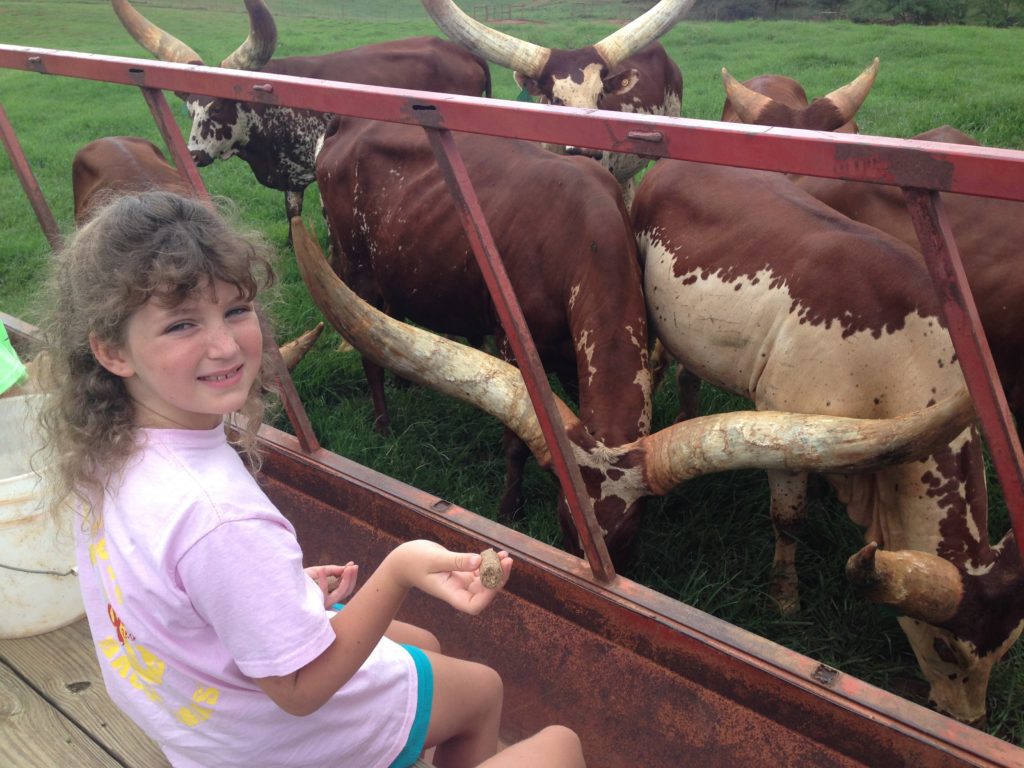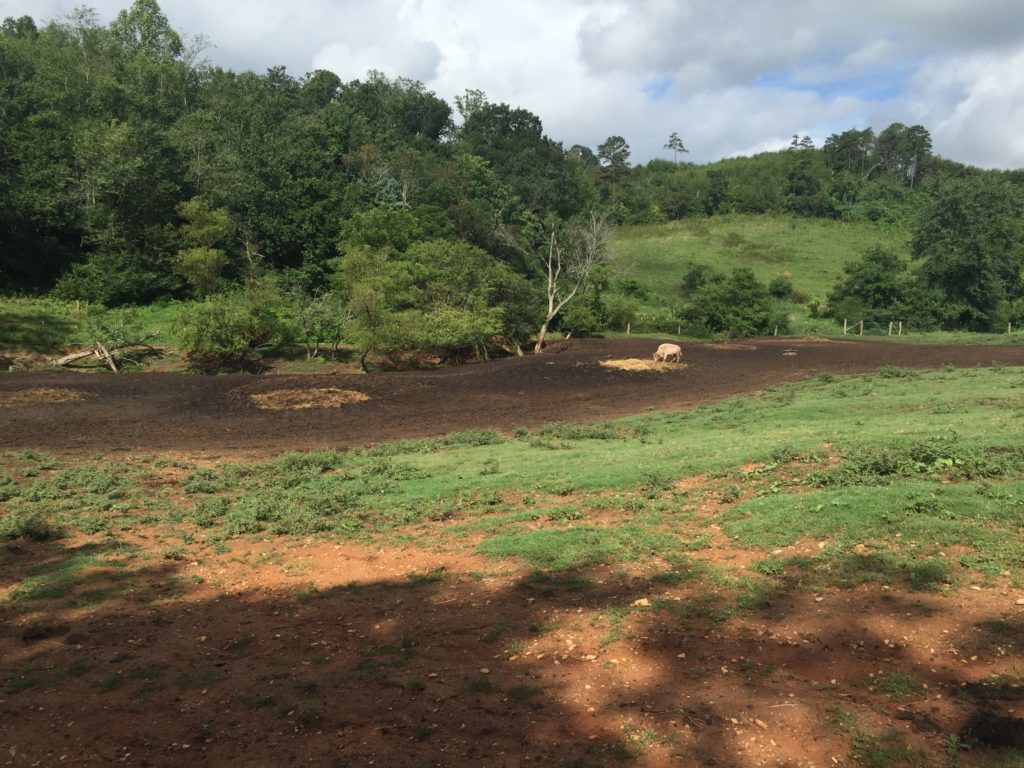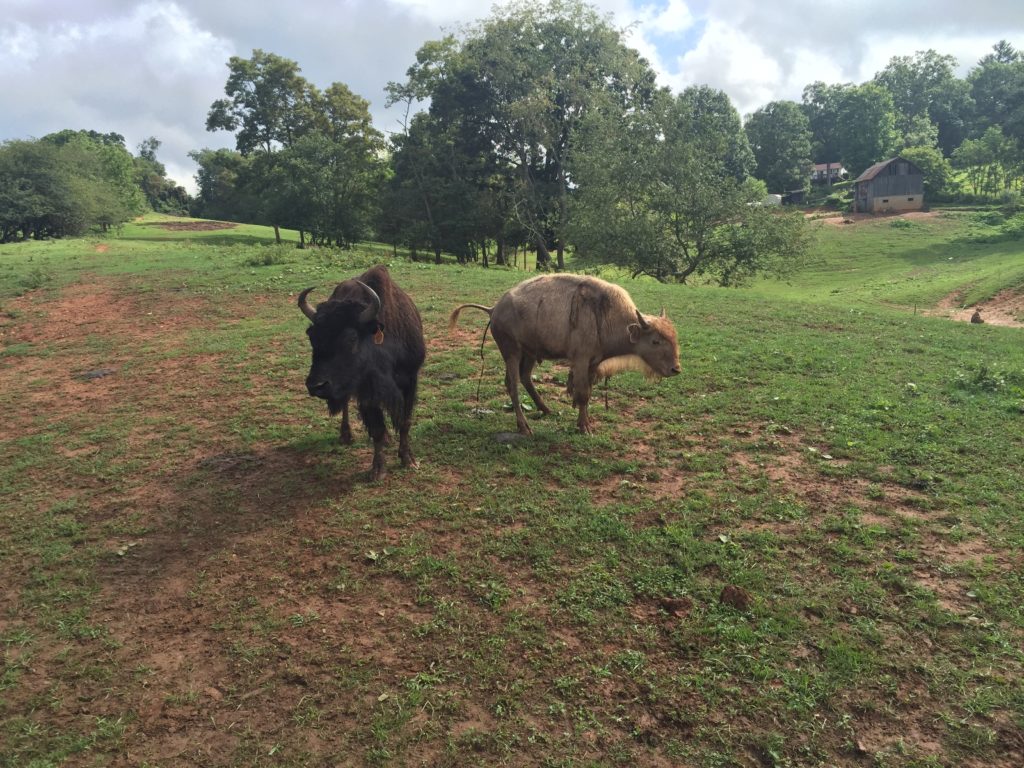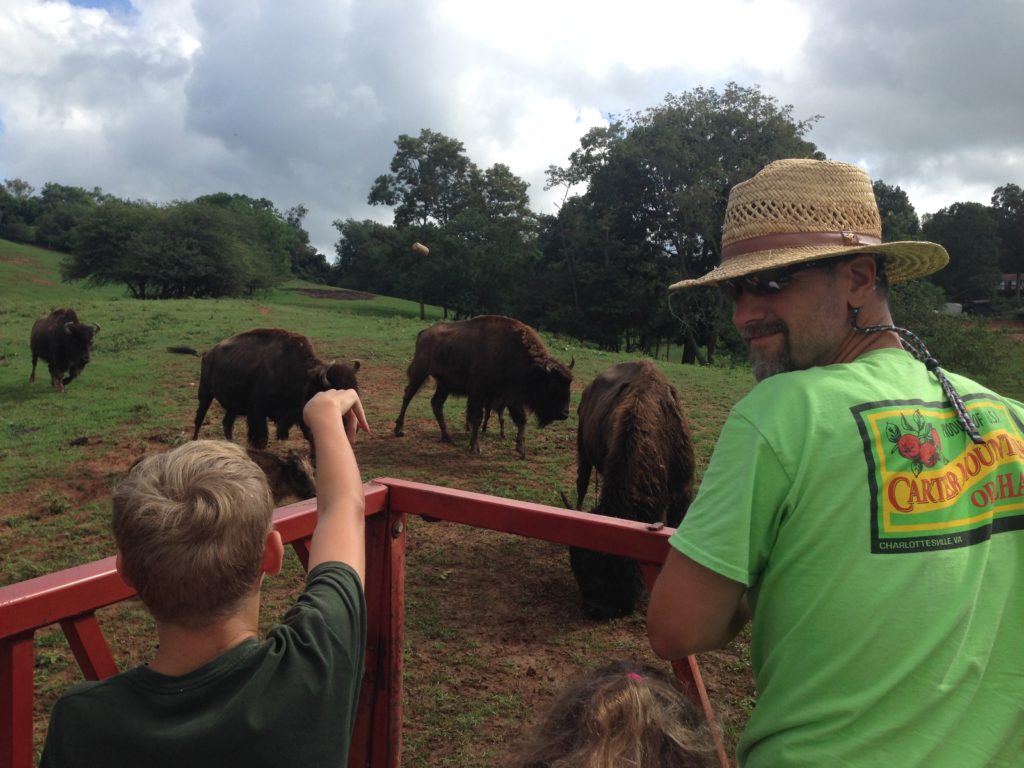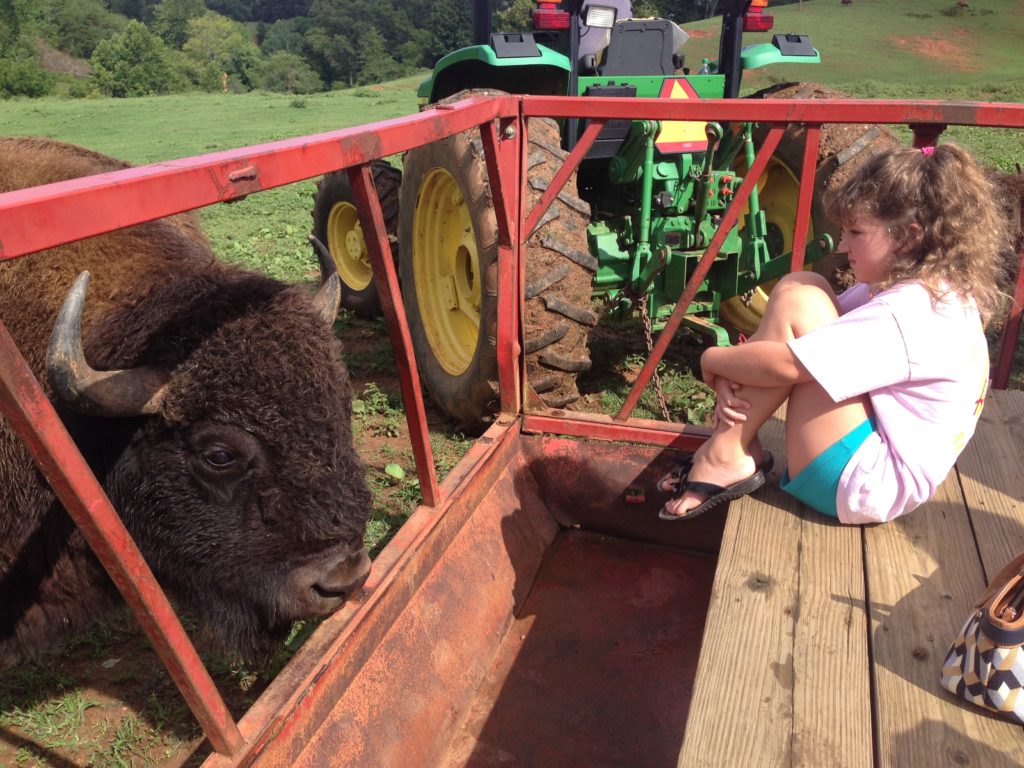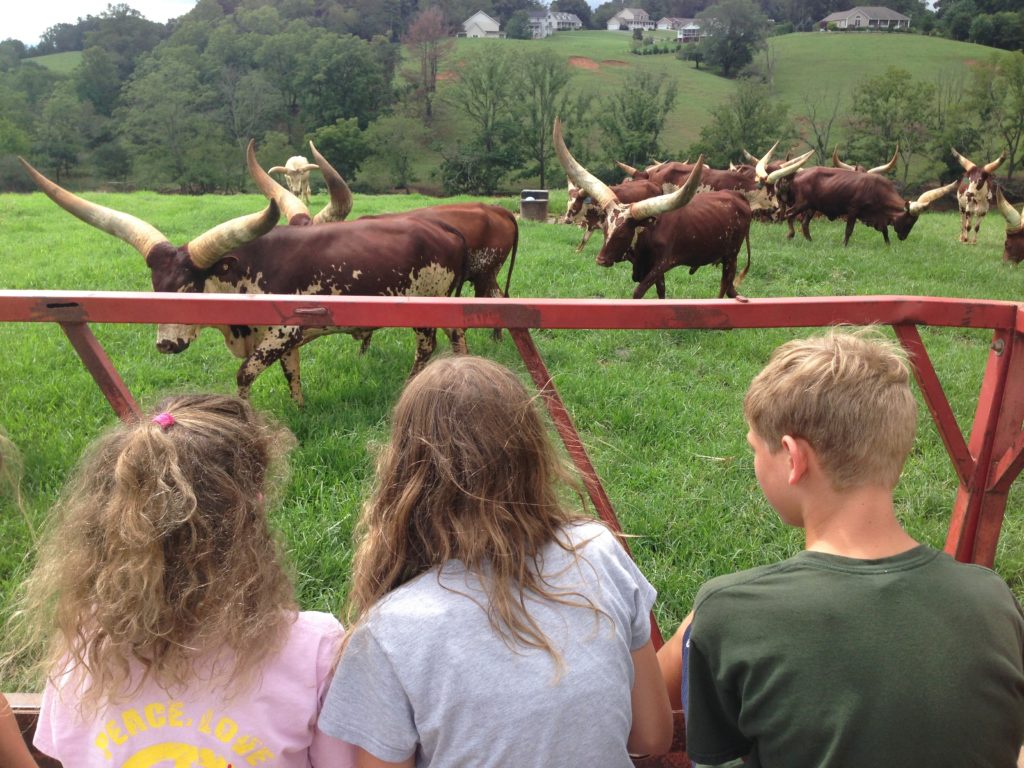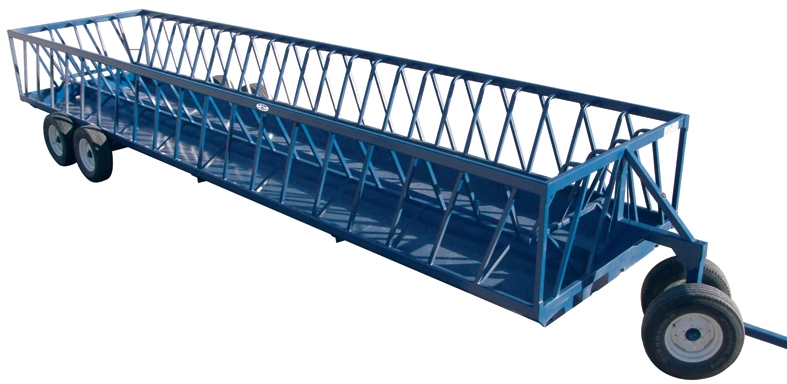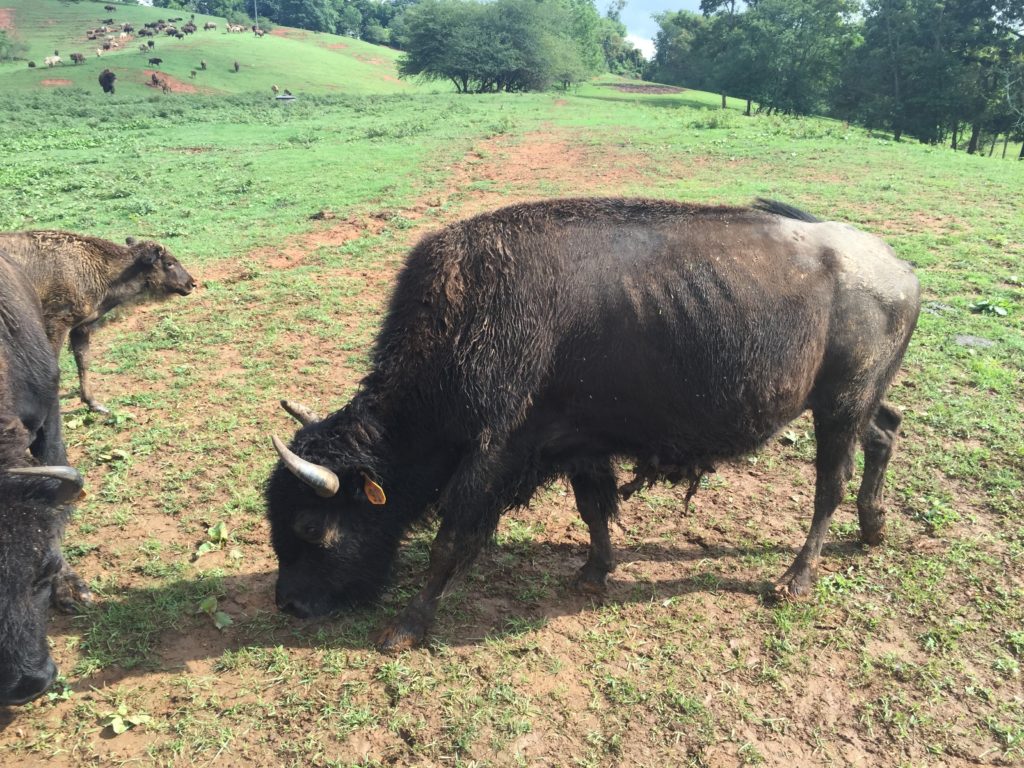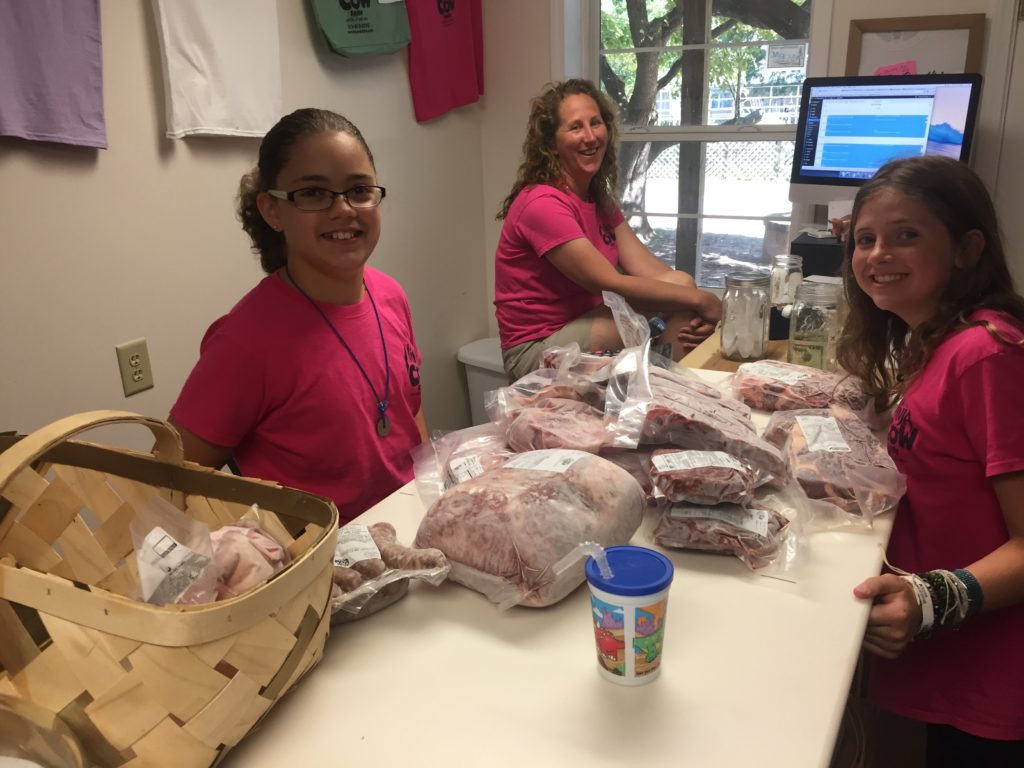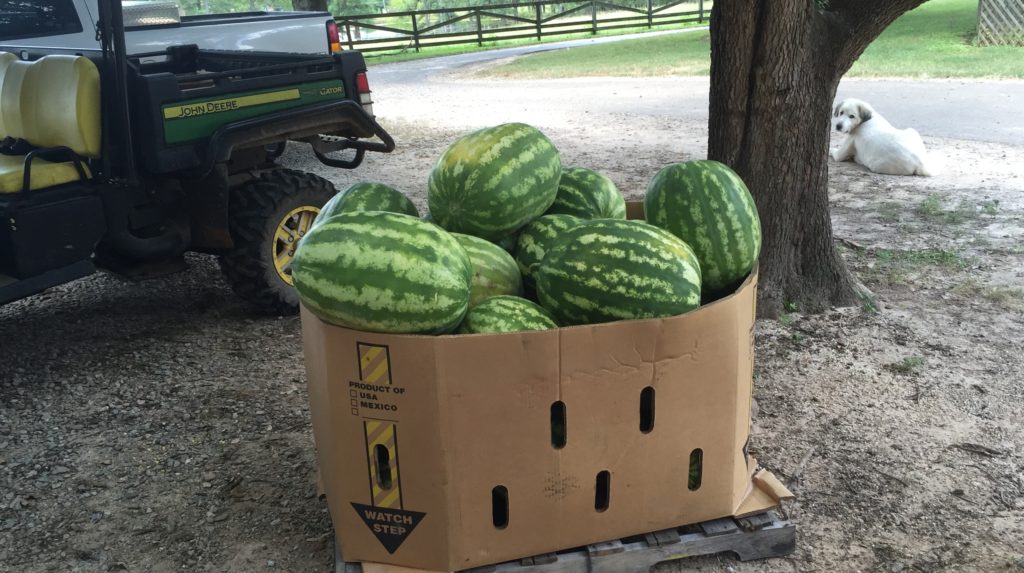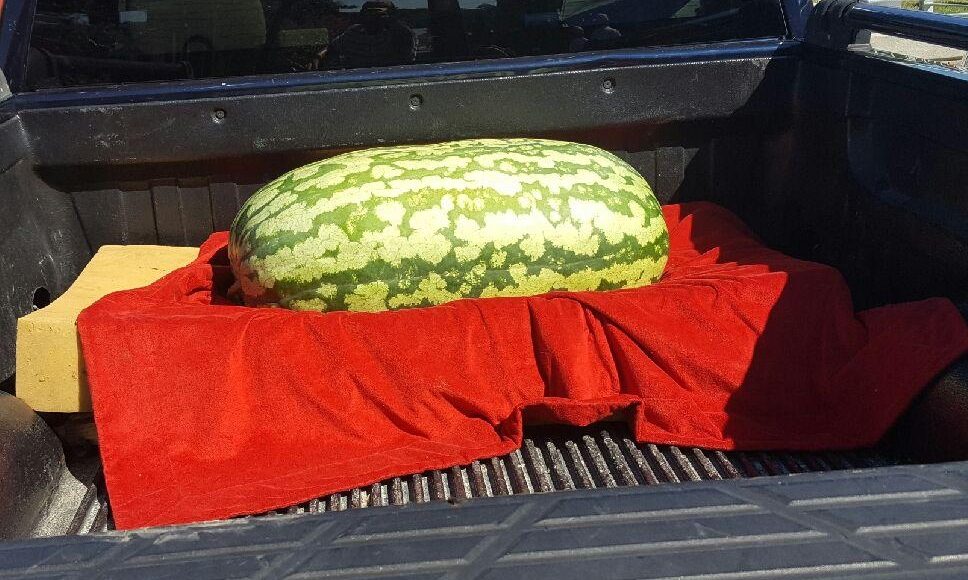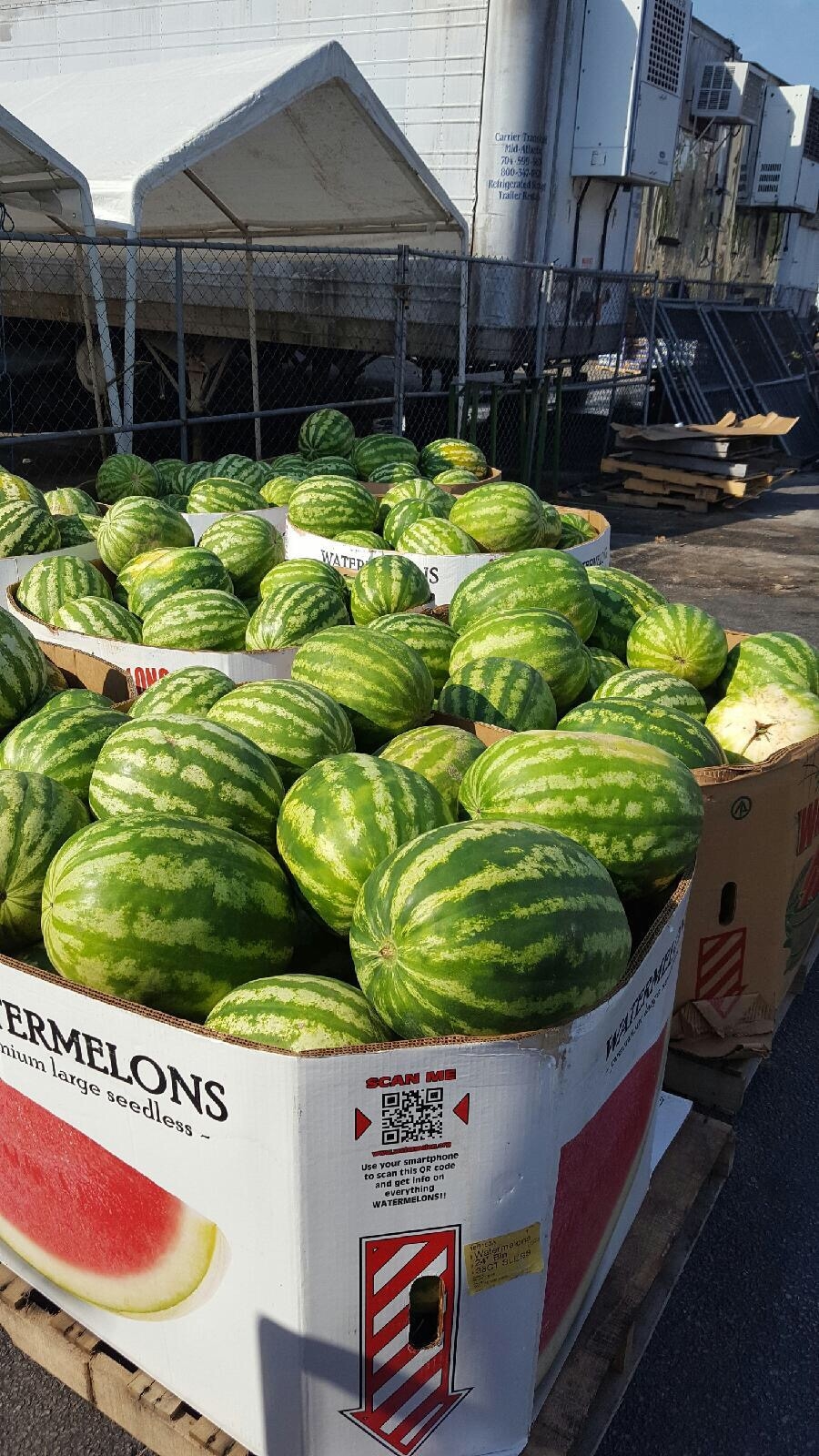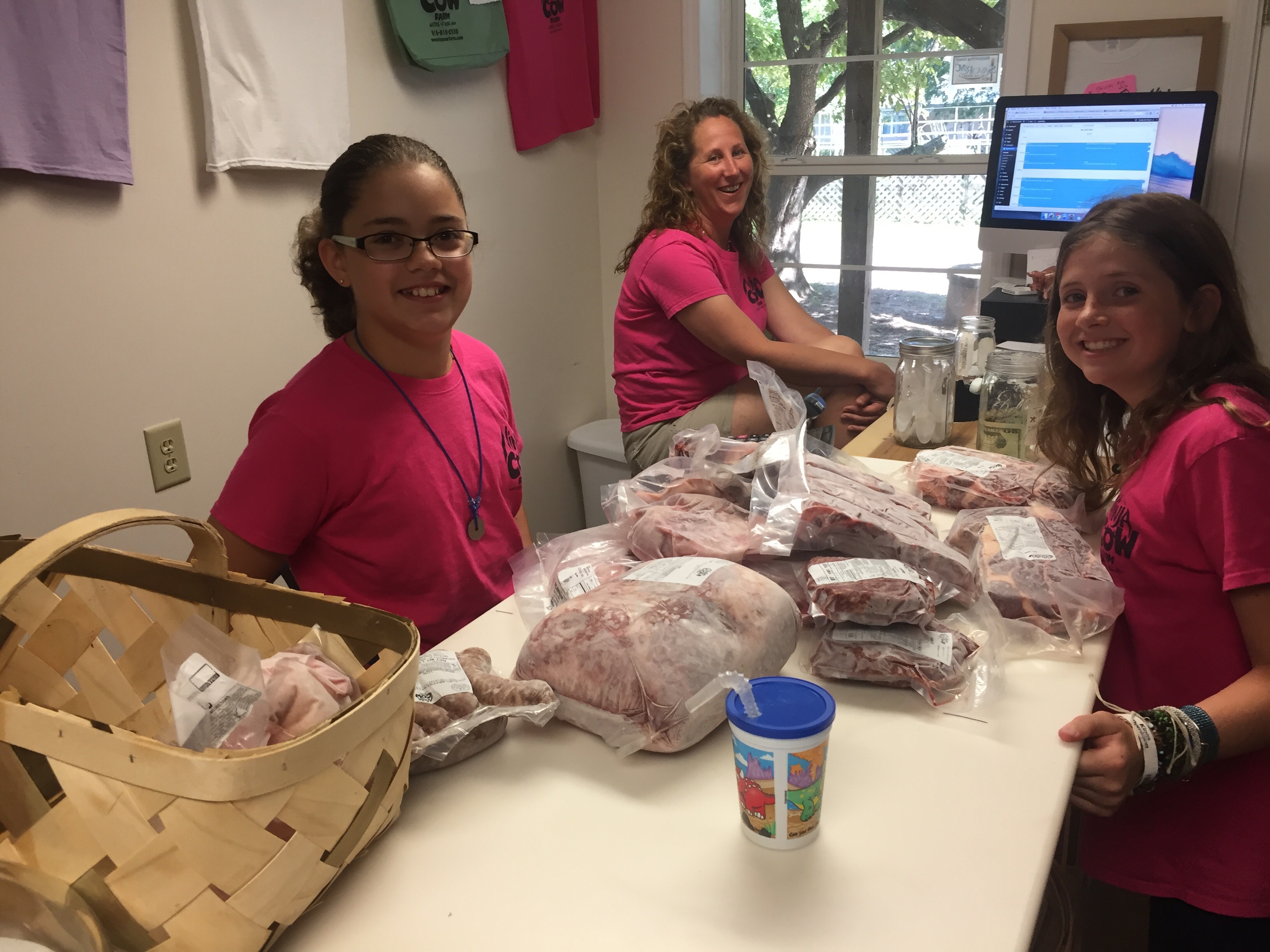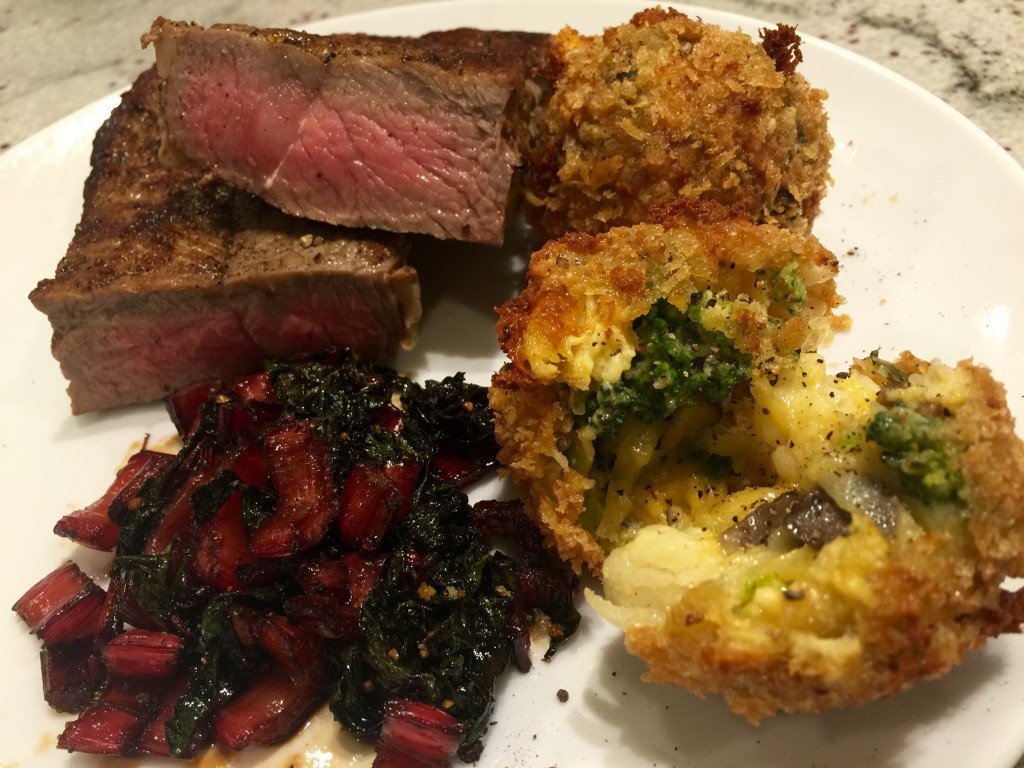So about this soil erosion.
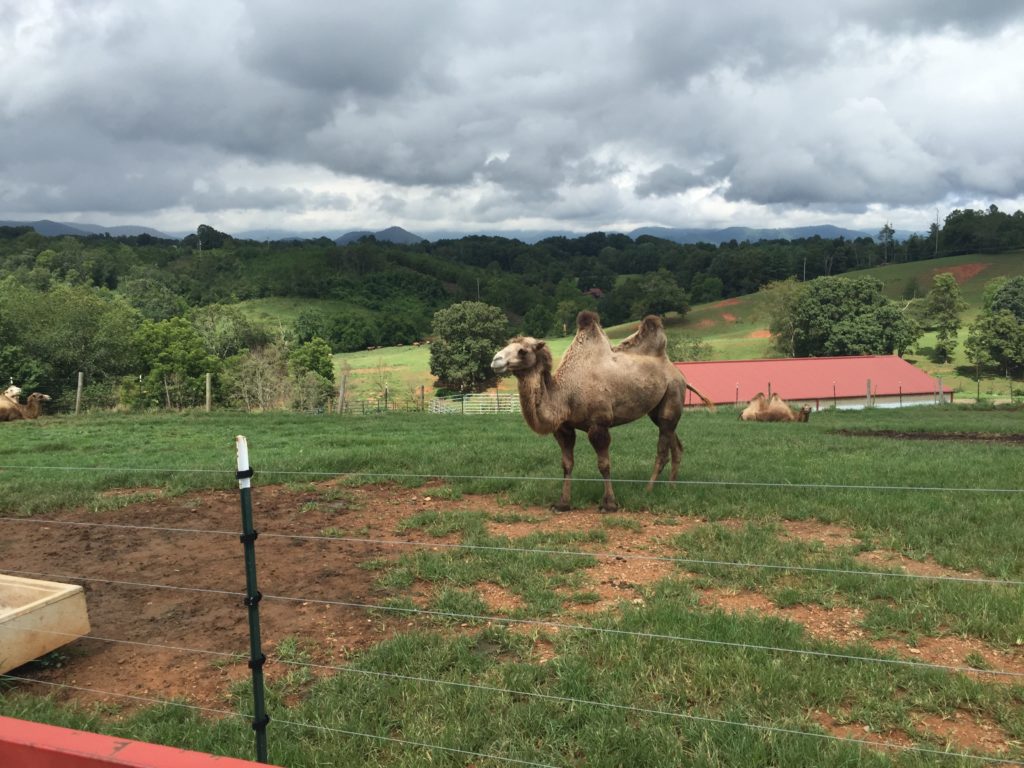
In addition to the watusi and the bison, they have camels, and a few pigs on the farm. So let’s do some cattleman’s math.
Let’s assume they have less bison now than they did when the blog post was written, say 400. They have 250 watusi cattle. And call it 25 camels. Plus say 25 pigs.
I don’t have good data on grazing requirements for watusi, but I know they do well on less so let’s assume 1.5 acres per cow vs. the standard 3 acres per angus cow.
For bison our guide said that for the acres 2 cows could be on, 3 bison could live on. Since the standard is 3 acres per normal cow, that would mean 2 acres per bison. Then 25 camels have to have at least an acre each. Plus the pigs would need their own area, call that 3 acres to be generous. So that means:
250 watusi x 1.5 acres each = 375 acres
400 bison x 2 acres each = 800 acres
25 camels x 1 acre each = 25 acres
25 pigs x 3 acres = 3 acres
Farm buildings, roads, paths, fencing = 30 acres
The total land needed to sustainably run this operation would be 1,233 acres and they have 600 acres total. Does that mean they cannot operate this way? Nope. Are they being mean to their animals? Nope. Are they being misleading? Nope.
Are they protecting their most valuable asset, the soil that makes up their farm? Nope. It’s washing away, down stream.
It is exceedingly easy to get caught up and do things this way as a livestock farmer. Everything is based on profit per acre. Profit per animal. The more animals you can drive though your system, the more of a chance you have to make it as a farm. These folks have made it since 1985. They’ve paid their dues.
But based on the field conditions, I’d say they have played out the farms nutrients and they are importing a lot of the nutrition they are giving their animals. Either in the form of hay or feed. Some of the fields were more weeds than grass.
Unfortunately these things happen over decades and you don’t see the decline as it happens gradually. Each year the hay bill gets a little higher, the cows looks a touch thinner, the ditch that was always there now can’t be crossed anymore. It’s too deep. It’s so easy to not see the signs, and I know. Because I never saw it on our farm in the past. Thankfully we are fully aware of them now and I watch them like a hawk.
We finished the tour back at the house that serves as a store front, an office, and an apartment for one of the farm hands. But more about that part in our next post.
